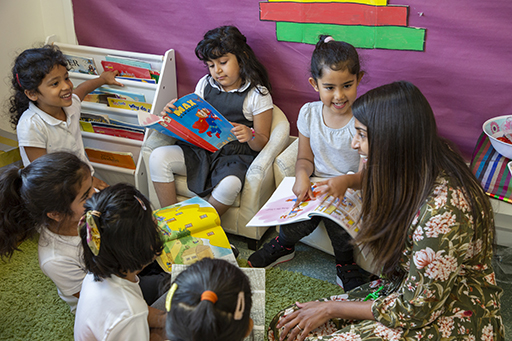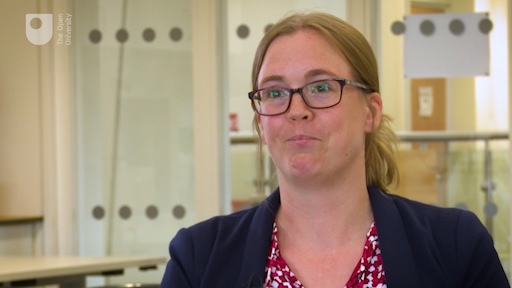4 Teachers’ knowledge of children’s reading practices
Research has found that when teachers develop their knowledge of children as readers and are aware of their interests and out-of-school reading practices and preferences, it helps them to foster children’s reading and build reciprocal and interactive communities of readers (Cremin et al., 2014). Using student voice to promote reading engagement for the economically disadvantaged, and indeed all students, is also of considerable value (Ng, 2018).

Katharine Young is Assistant Head Teacher at Elmhurst Primary School in London. Elmhurst has been developing a culture of Reading for Pleasure for several years and won the ‘Whole School Award’ in the Egmont Reading for Pleasure Awards 2019. In the following video, Katharine discusses the benefits of educators getting to know children as readers.

Transcript: Video 2
Activity 3 Reviewing your knowledge of children’s reading practices
After watching Katharine in Video 2, reflect on your knowledge of the reading practices of three children that you work with. You should try to choose children that are Reading for Pleasure ‘disadvantaged’, i.e. they rarely choose to read in school and may not be read to or own books at home. Then respond to the following prompts.
- For each child chosen, name three books (and their authors) that they are currently Reading for Pleasure.
- How much do you know about these children’s out‐of‐school reading practices, the kinds of reading they engage in currently and the frequency of these?
- How much do you know about the online/digital reading that these children in your class engage in at home/in the community/with friends?
- How aware are you of the individual children’s reading histories and their journeys as readers thus far?
Comment
As Katharine suggests, teachers often know more about their pupils’ technical reading proficiency than what and how they choose to read in their independent reading time at home and school. Teachers’ knowledge of children’s reading practices should include where and when children read, what texts they choose (including digital/ online reading) as well as how they socially connect through reading with their peers and family.
When teachers have more information about their children’s reading practices, they are more able to tune into their needs and interests, offering relevant recommendations and connections with their home lives (Collins and Drury, 2015). Watching Video 2 and reflecting on your own knowledge of children’s reading practices may have highlighted areas that you want to develop.
Finding ways to share and discuss children’s everyday reading practices will prompt both you and the children to broaden what counts as reading. It will also help you pay more attention to the individual choices and preferences of young readers and thus be able to offer more finely tuned support for the development of positive reading identities as discussed in Session 2.
